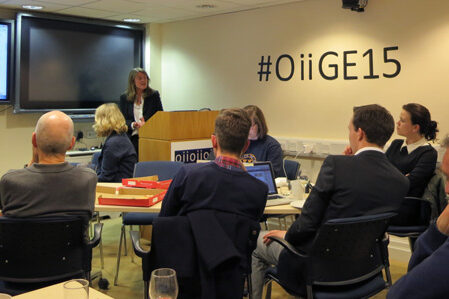Blog title
News
- Articles from Policy & Internet
- Books
- Call for Papers
- Child Safety
- Collective Action
- Conferences
- Democracy
- Development
- Economics
- Education
- Environment
- Ethics
- Governance & Security
- Health
- Interviews
- Mapping
- Methods
- Policy
- Politics & Government
- Publications
- Social Data Science
- Submissions Closed
- Tools
- Video
- Wellbeing
-

Political polarisation on social media: do birds of a feather flock together on Twitter?
Twitter’s connections tend to be less about strong social relationships and more about connecting with…
-

Wikipedia sockpuppetry: linking accounts to real people is pure speculation
Conservative chairman Grant Shapps is accused of sockpuppetry on Wikipedia, but this former Wikipedia admin…
-

A promised ‘right’ to fast internet rings hollow for millions stuck with 20th-century speeds
—
Tell those living in the countryside about the government’s promised “right to fast internet” and…
-

Should we use old or new rules to regulate warfare in the information age?
—
Information has now acquired a pivotal role in contemporary warfare, for it has become both…
-

Does a market-approach to online privacy protection result in better protection for users?
Examining the voluntary provision by commercial sites of information privacy protection and control under the…
-

Will digital innovation disintermediate banking—and can regulatory frameworks keep up?
The role of finance in enabling the development and implementation of new ideas is vital—an…





